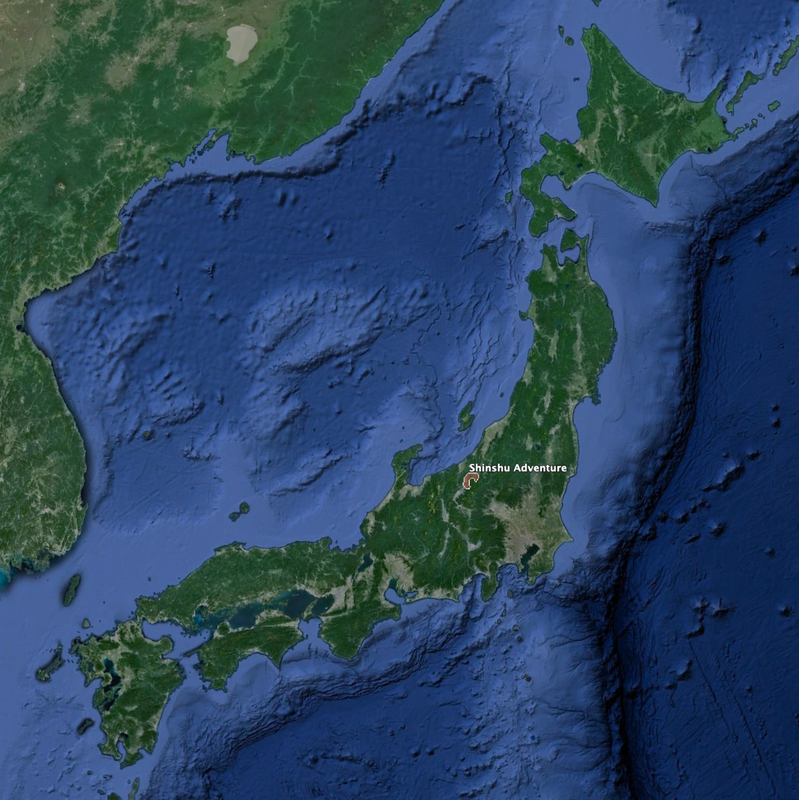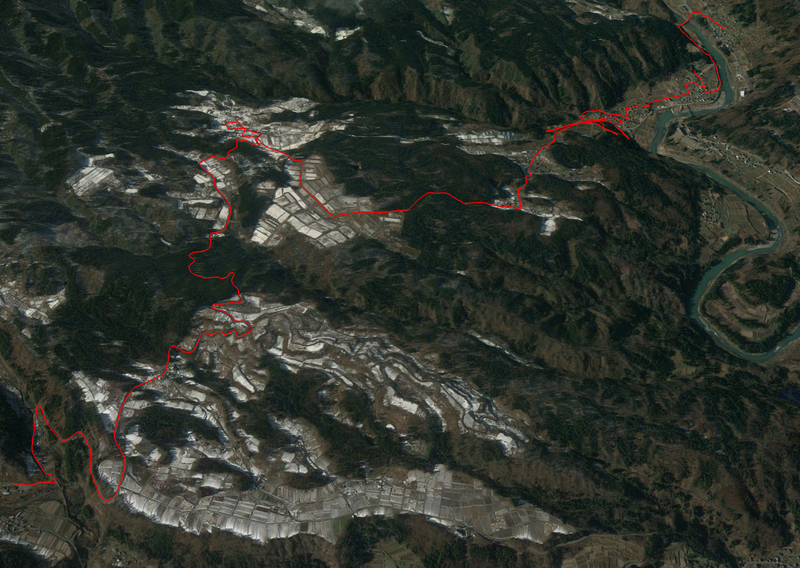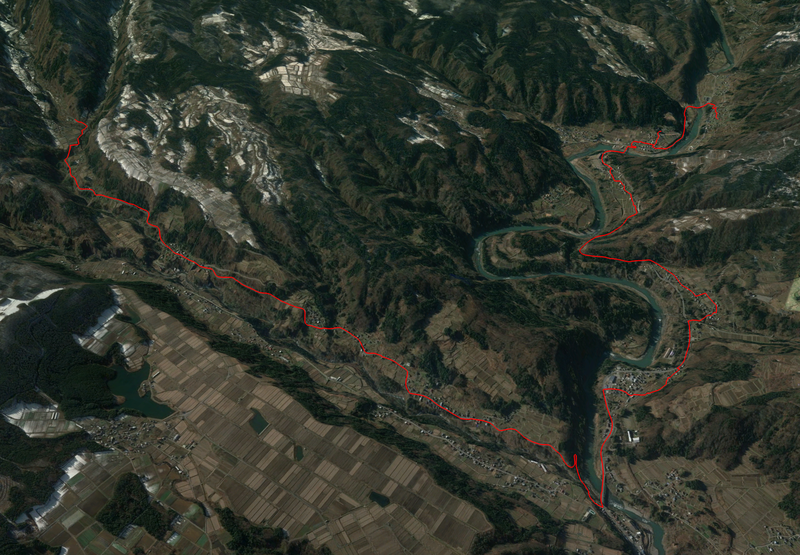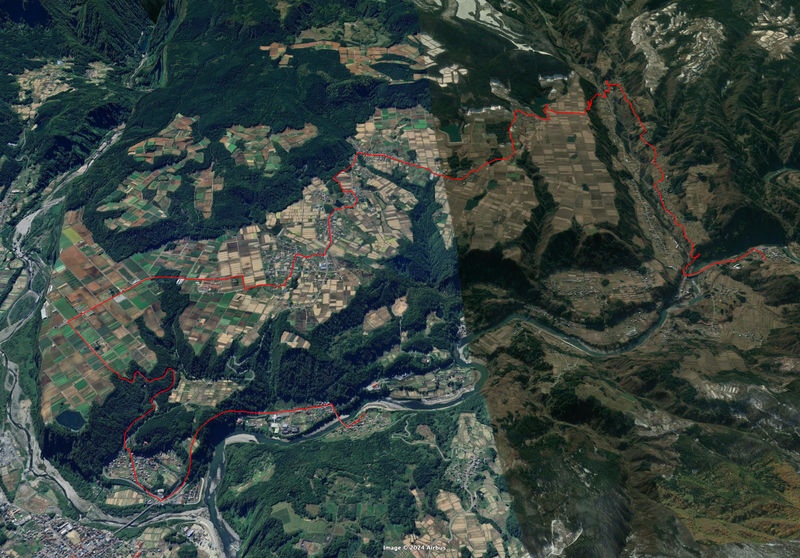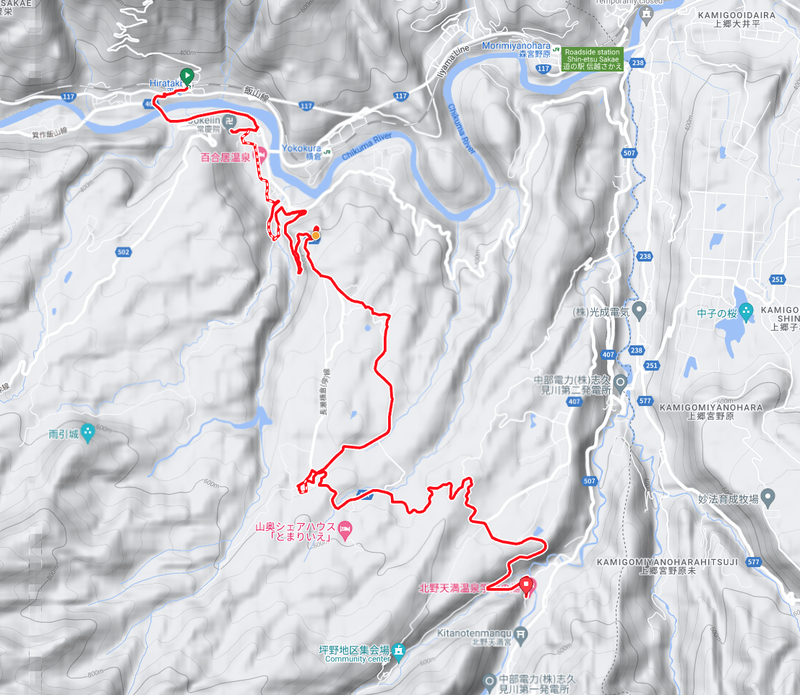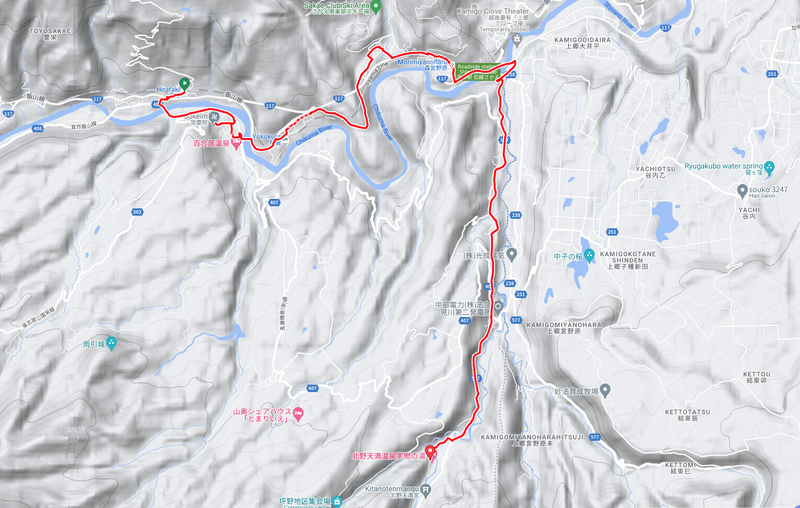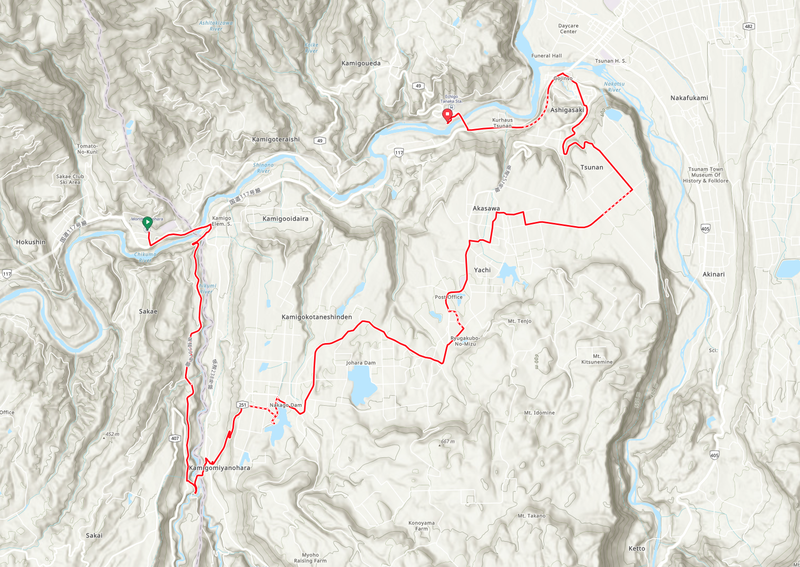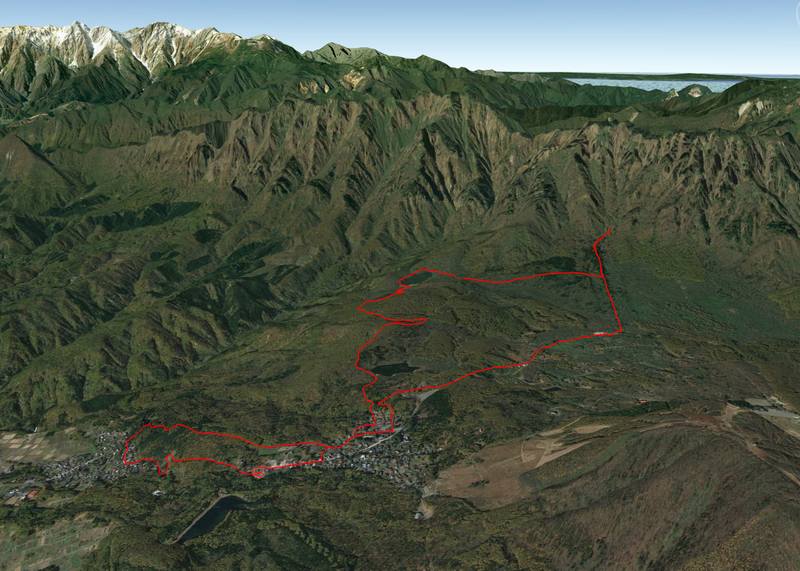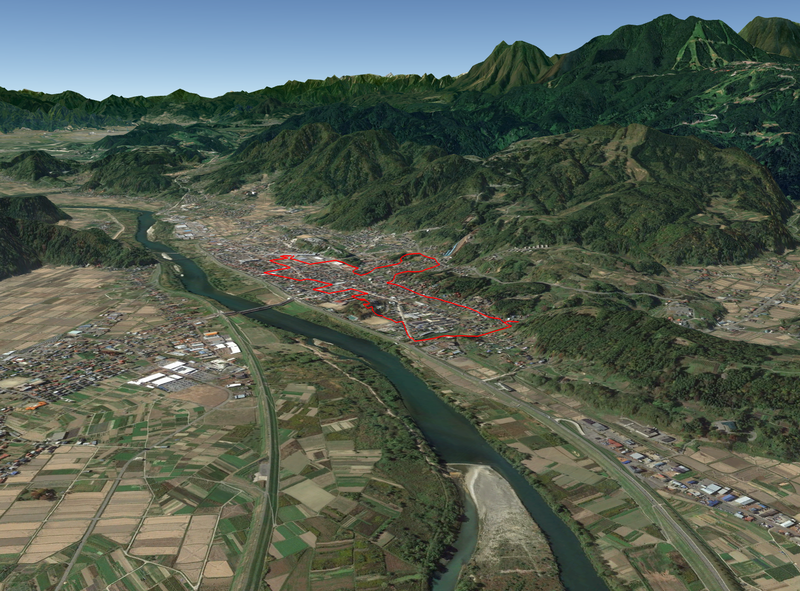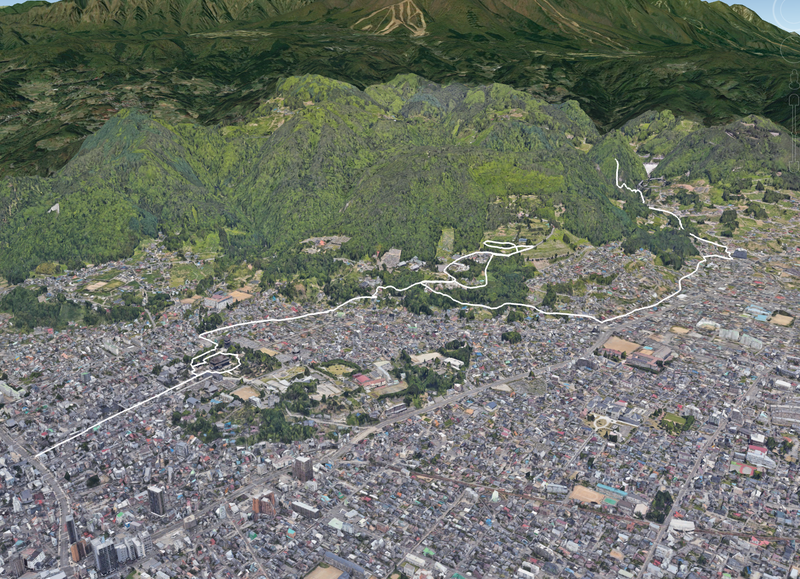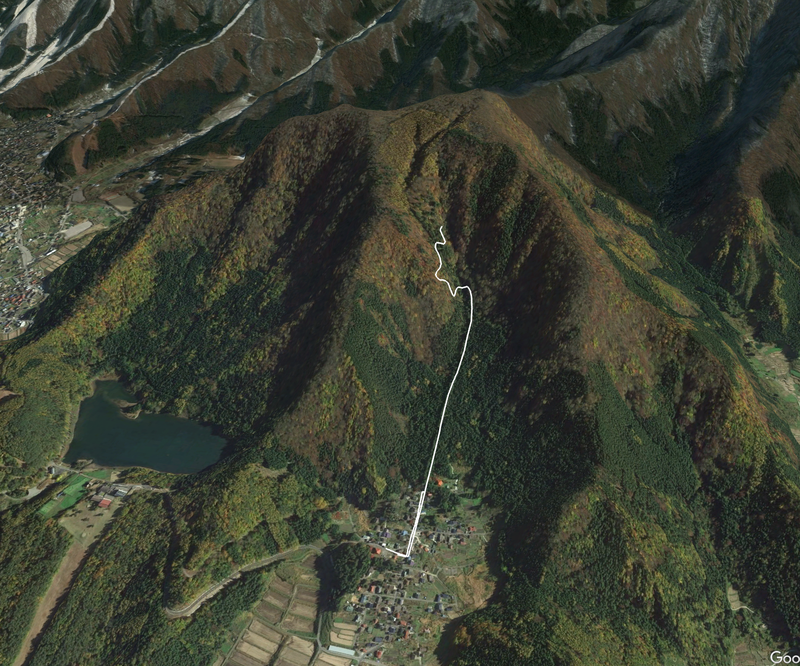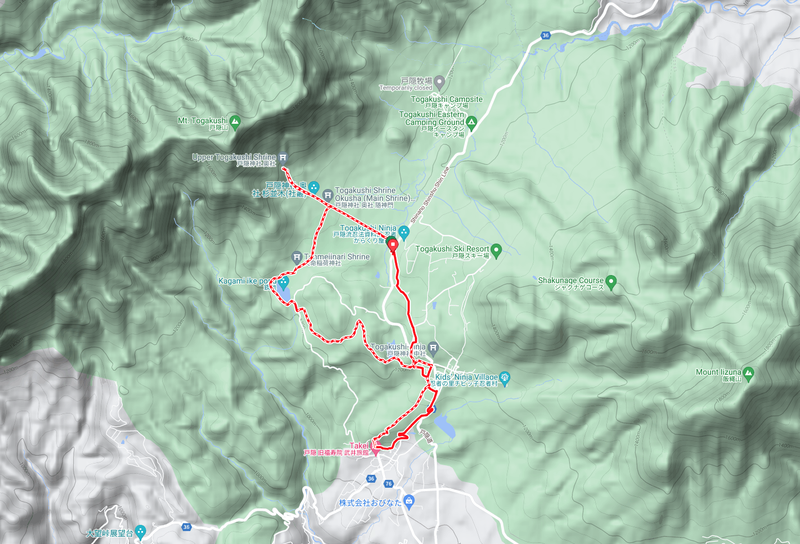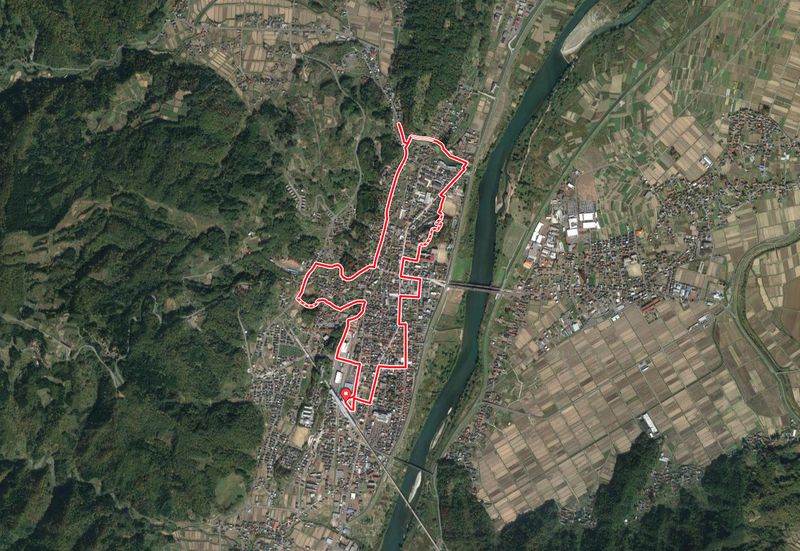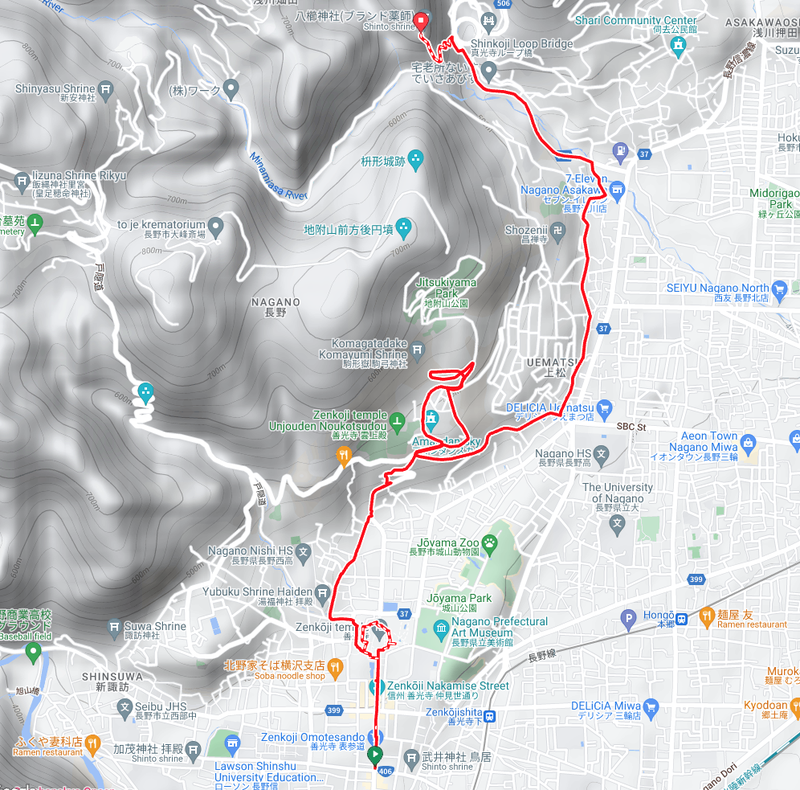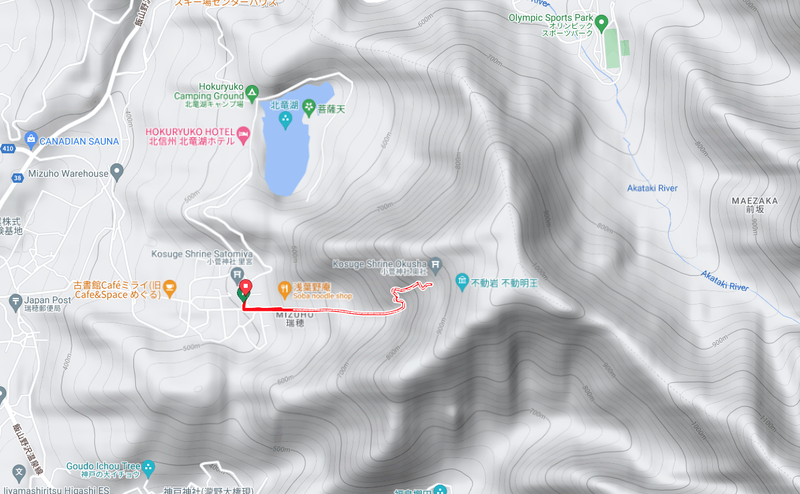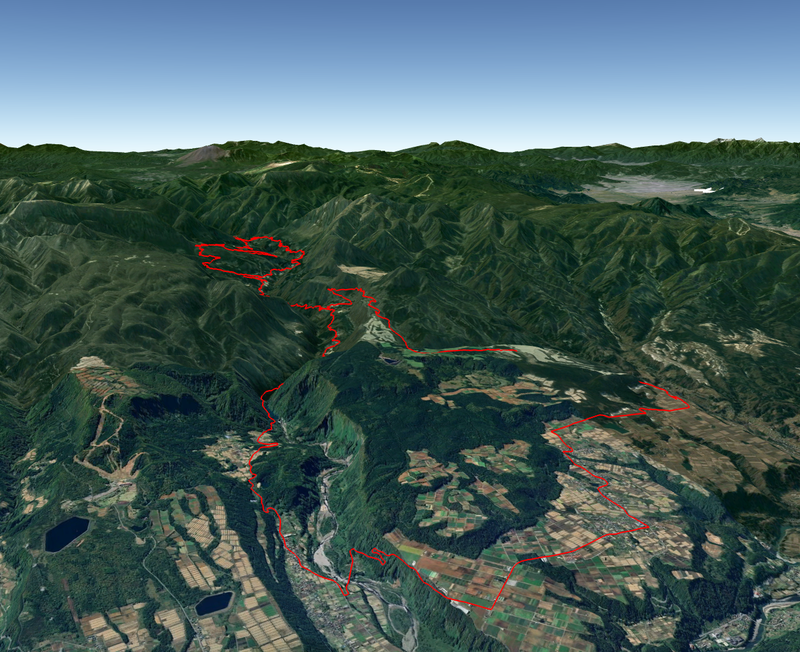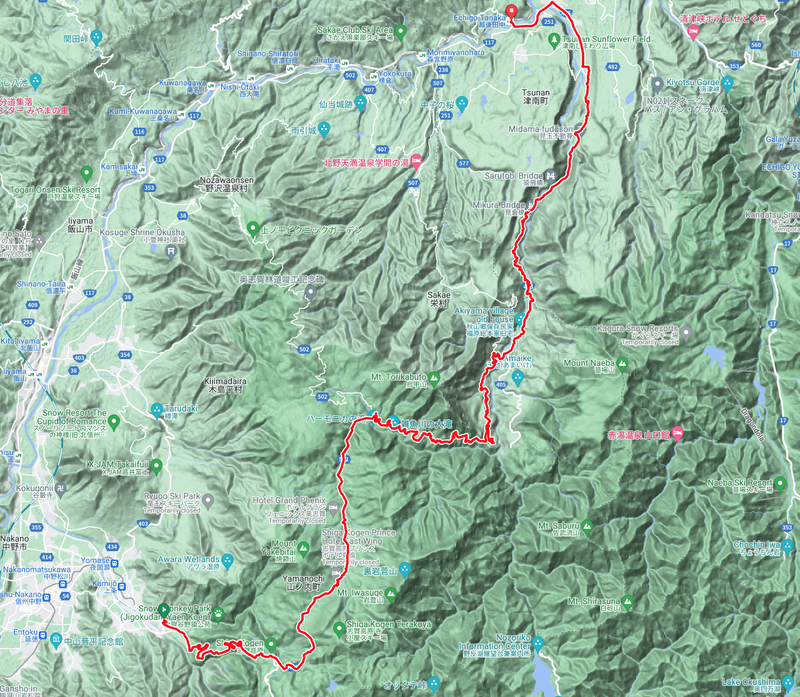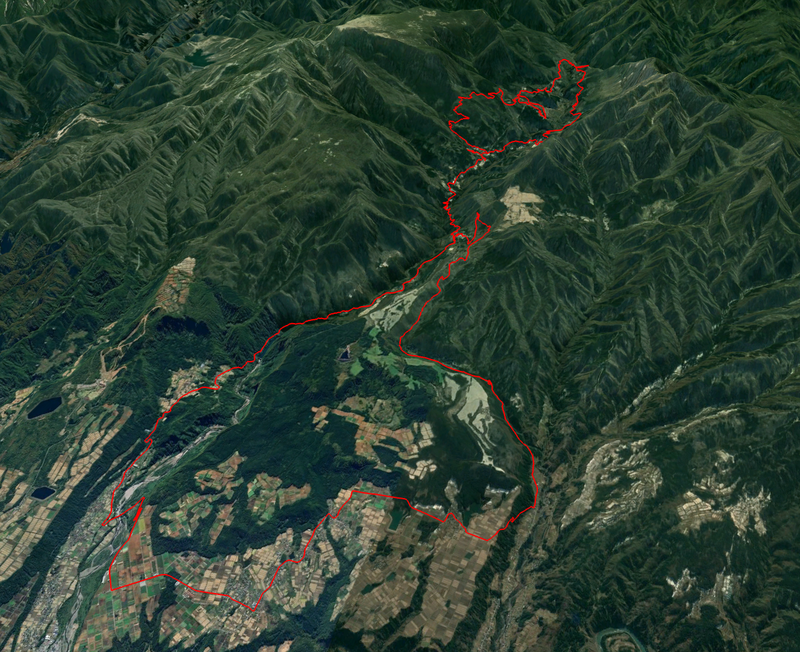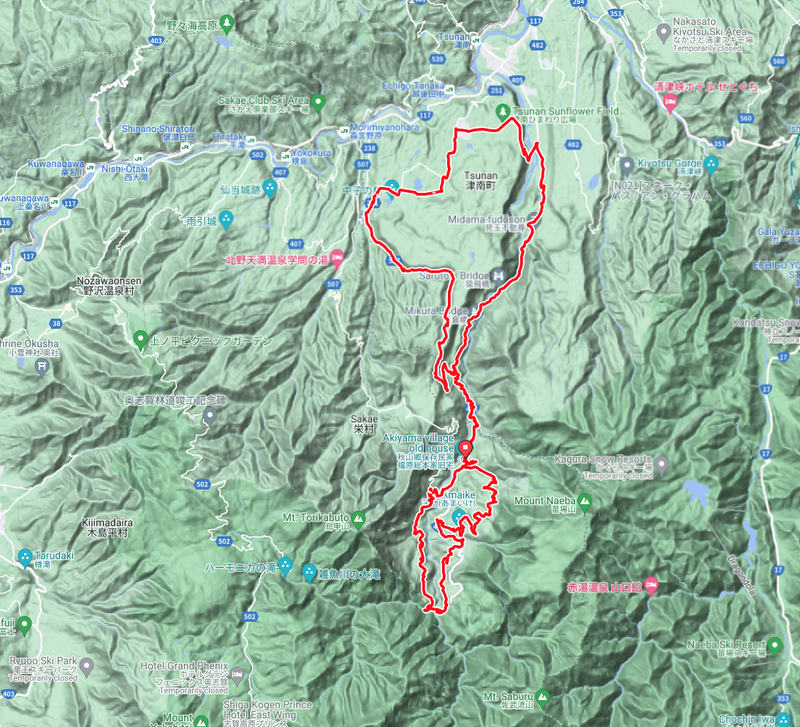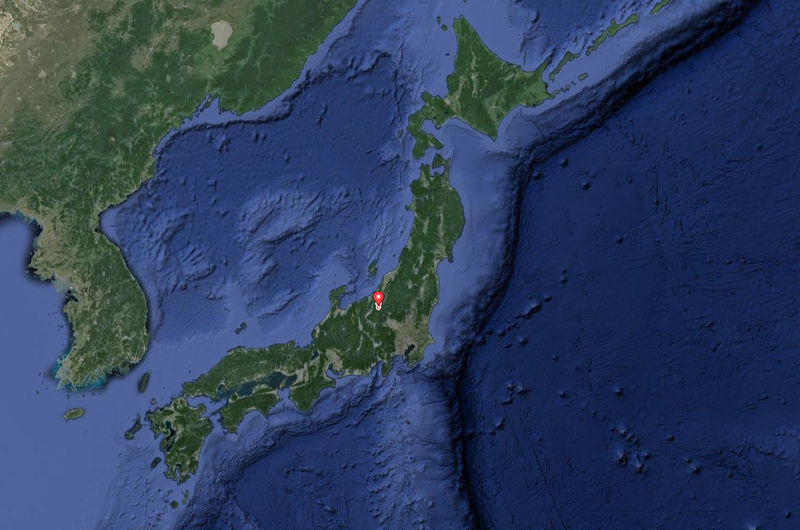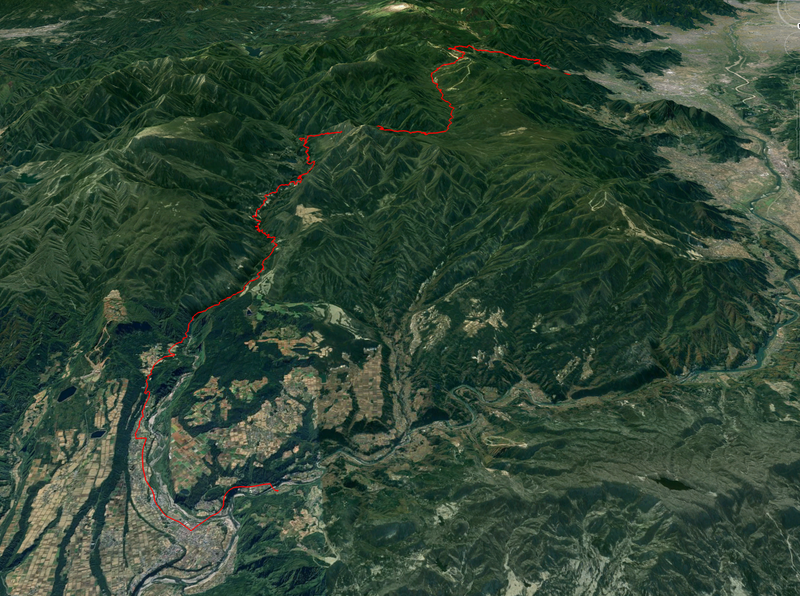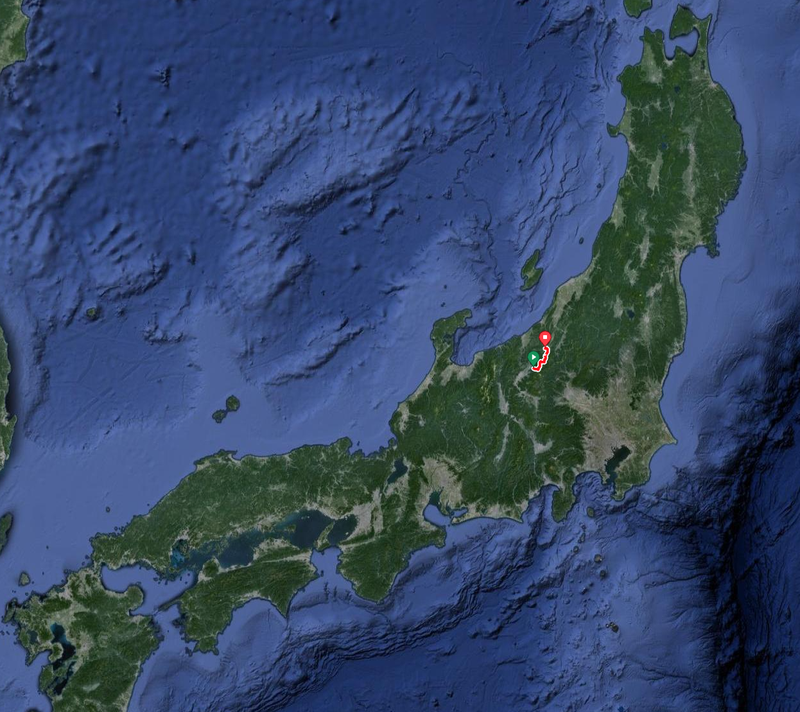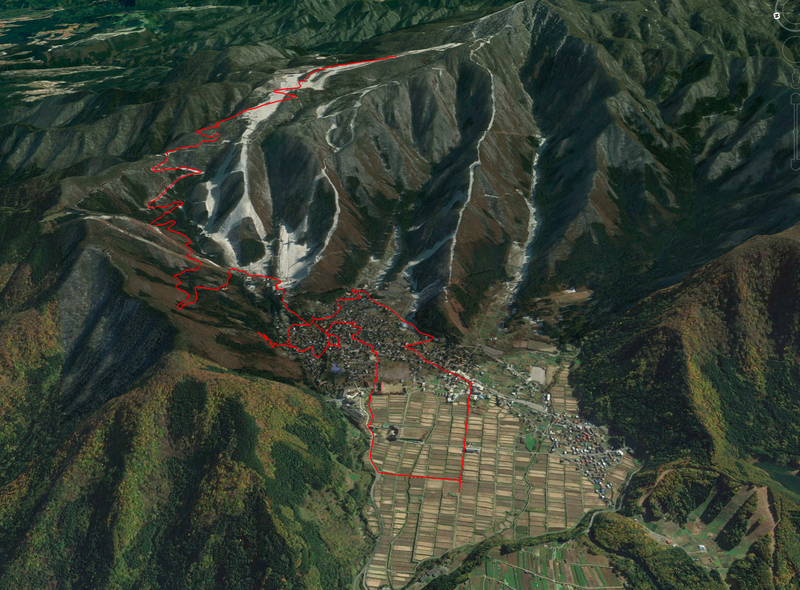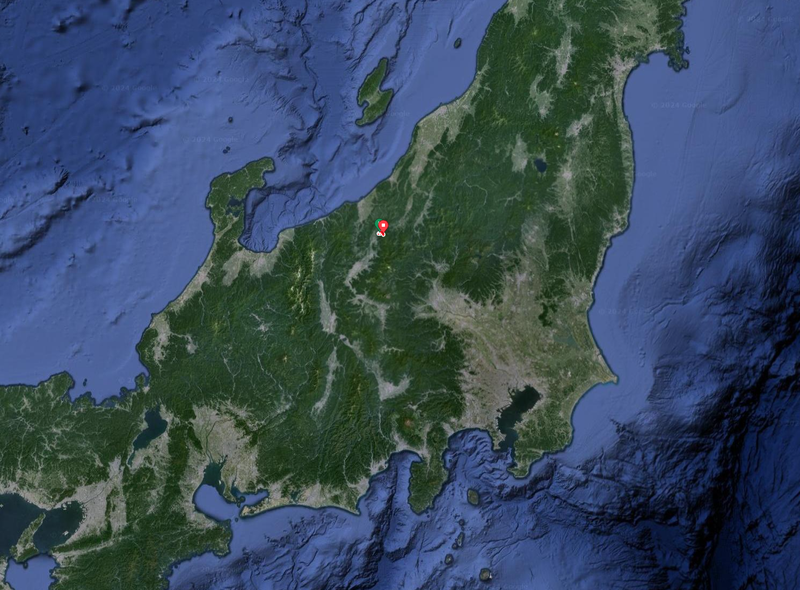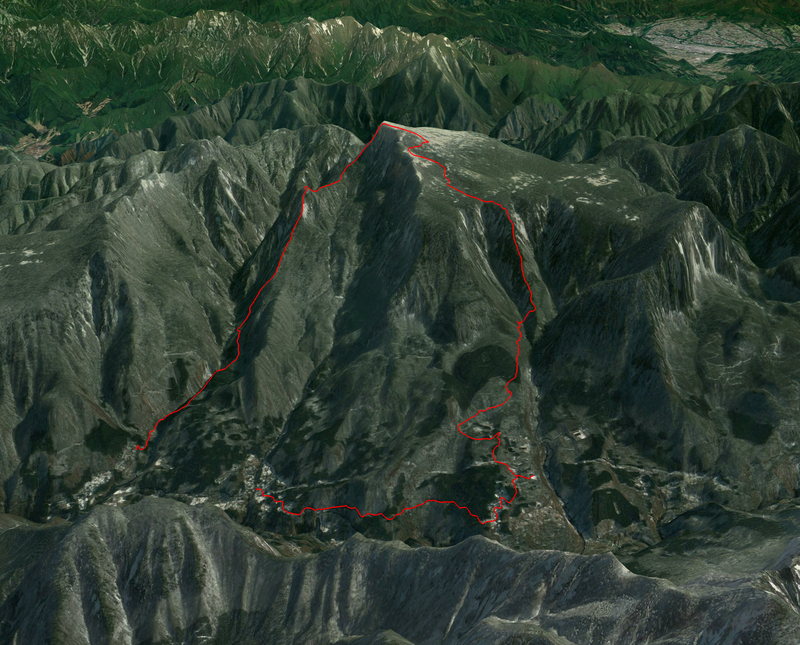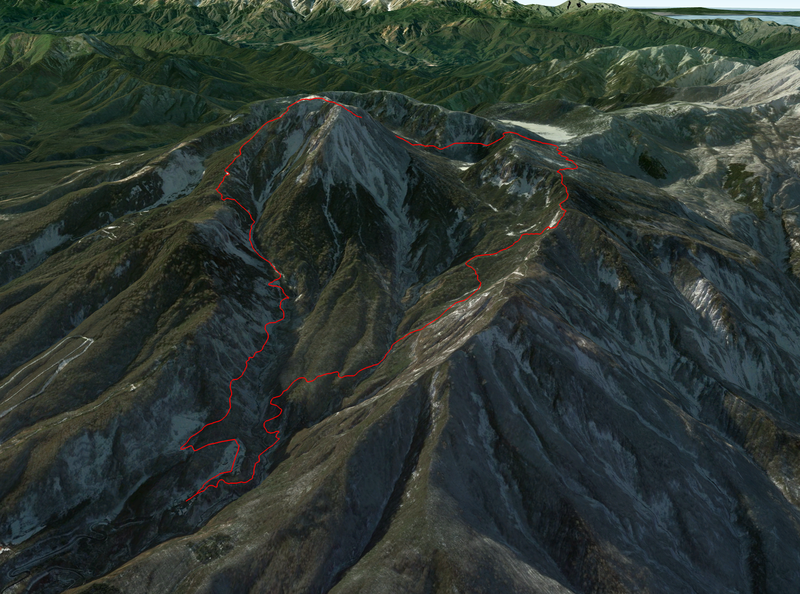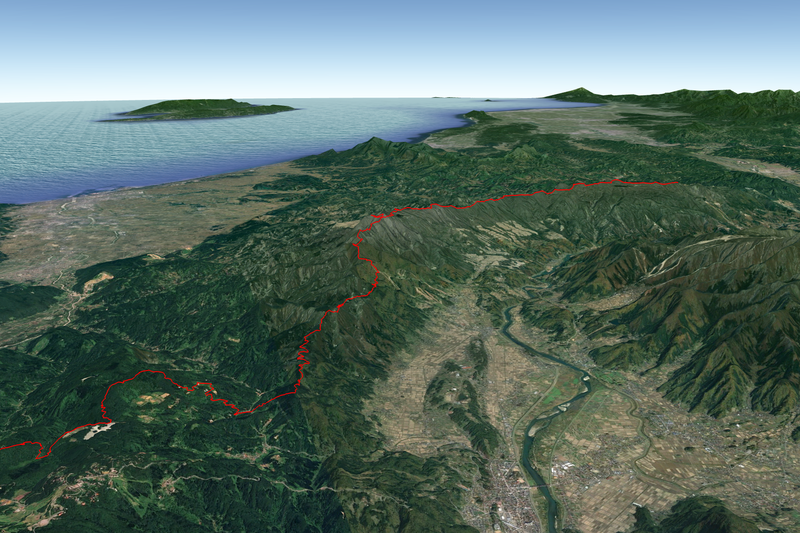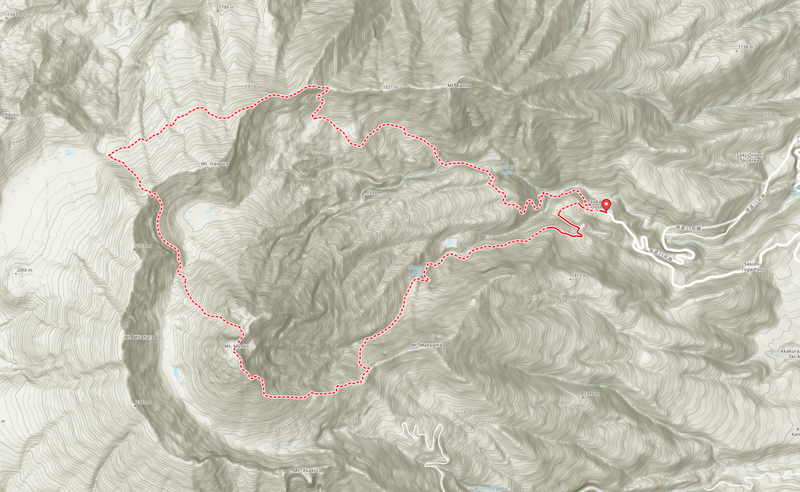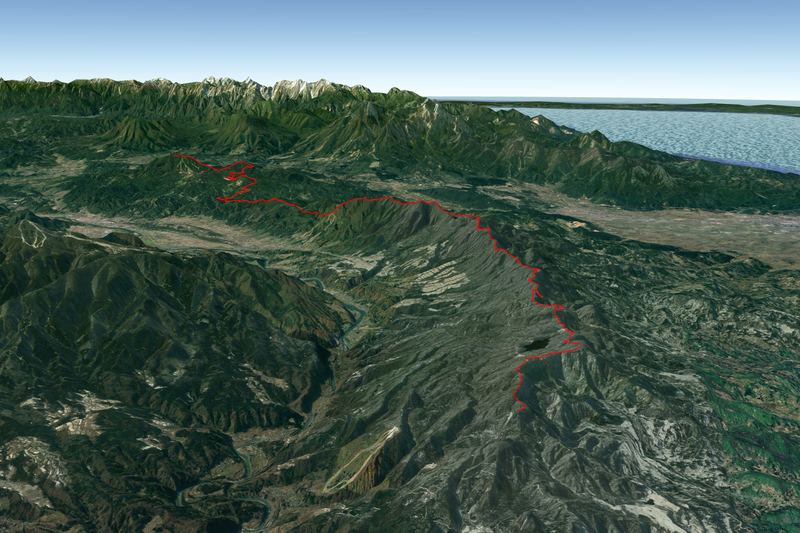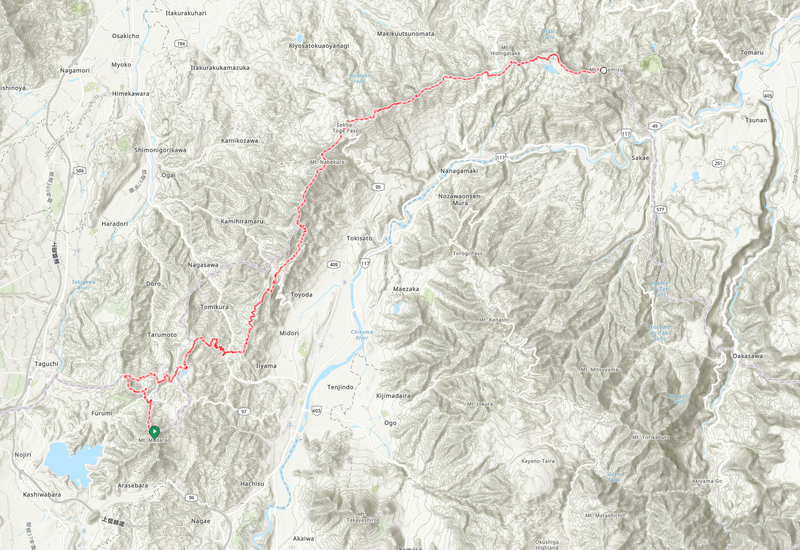Trip Basics
Overview
Our photography walk is about taking the time to find and focus on the little detials that have a tendency to go unnoticed. Of course, there are plenty of scenic panoramas, and traditional buildings, but we will look beyond the post-card ready images.
We will vist the same beautiful places and settings, and seek out the same unique experiences as our more active trips, but we will be move at your pace, slowing down to look deeper, framing the images you want, finding, creating, or waiting for the best composition in the least expected places.
{SingleImageSlider adeuid="1737642958236-29e26332aefee-804" id="43" height="250" float="right"}
-
This trip is super flexible, catering to your photographic interests and pace. Whether you want to spend hours in one location or move quickly to keep the inspirational juices flowing, we adapt to your needs.
-
We will provide suggestions and arrange to go where you want to spend time. From small farms hamlets to slightly larger country towns, fields and forests to rivers and waterfalls, temples and shrines - both large and famous or tiny hidden at the top of a mountain. A day may consist of spending an afternoon exploring a single hamlet before catching a lift to a town with many temples, or we might simply spend the day meandering along a country road taking it as it comes.
-
We provide a rough itinerary and suggested checkpoints, but unless it requires a reservation, nothing it set in stone. If a particular location gets your creative juices flowing, we can spend more time there, if it is not capturing your eye, we will move on. You are free to spend as much or as little time as you want in each location, soaking in the atmosphere and capturing the essence of rural Japan.
-
While it is possible to take transport between places that are further apart, the itineraries are designed to rely on scenic walks. However, going for distance is not important. The focus is on experiencing and photographing the beauty and hidden details around us as we move at your pace. If you run out of inspiration or simply wish for a change of scenery, we can move to a new spot that reignites your creativity and begin walking there again.
-
We seek out and actively create opportunities to interact with locals. Where possible, we will adjust the schedule to experience a unique local festivals or events. We are not only looking for photos of traditional houses and beautiful landscapes, but people and culture are just as much a priority.
A Sample Itinerary
There is no set-in-stone itinerary, but below are examples of possibilities. These are rough ideas and can be shortened, extended and mix-and-matched to make the perfect itinerary for you.
The minimum is generally three days to truly experience the area. Two nights accommodation will be arranged in farm-inns, traditional minshuku or ryokans - even camping is an option, that fit your interests and the locations you would most like to go.
Focus on Daily Life
10~20 km ( 5 ~ 6 hrs)
- Moderately Paced Walk
- Explore Small Farm Hamlets
- See Local's Everyday Life
- Small Local Temples & Shrines
- Scenic Overlooks
- Seasonal Nature
- Soak in a Hot Spring Bath
Half or Full Day Rural Life Excursions
Explore the heart of rural Japan with our Rural Life Excursions, which can be tailored to either a half-day or a full-day experience based on your schedule and preferences.
Start your journey walking through picturesque farm hamlets, expansive fields, and local temples and shrines, perfect for capturing stunning photos of rural scenery, seasonal plants, and locals going about their daily lives. The walk will take you through hamlets, fields, and forested roads, away from traffic, allowing you to immerse yourself in the tranquility of the countryside. You'll visit secluded local temples and shrines, offering both intimate and panoramic views. ... read more ››
Focus on Temples and Shrines
7 ~ 15 km ( 3~6 hrs)
- Discover Iiyama Butsudan Road
- Small Local Temples & Shrines
- Tranquil Iiyama Temples
- Togakushi Shrine
- Zenkoji Temple
Focus on a variety of temples, shrines and other sacred sites and activities.
Small shrines and the occasional temple are common place in most hamlets. A leisurely self-paced half-day walk through the village will take us past a variety of shrines and cemeteries, each with their own unique settings and characteristics.
The Shinshu region is also home to Iiyama, known as a mini-Kyoto due to its high concentration of small, scenic temples, and the Butsudan street known throughout Japan for its beautiful gold-leaf alters.
For a full day adventures, explore the more famous Zenkoji temple - a pilgrimage destination of people from across Japan, as well as Togakushi Shrine, found deep in the mountains in the Myoko-Togakushi Renzan National Park.... read more ››
Focus on Remote Areas
60~90 km ( 6 ~ 8 hr)
- WIld Hotspring In River
- Overnight Stay at a Quiet Mountain Inn
- Explore Small Farm Hamlets
- Scenic Overlooks
The Shinshu region has several more remote hard to reach areas where time seems to have stood still. Among them is the Akiyamago valley, nestled between the towering Mount Naeba and Torikabuto Mountain. Ranked among Japan's 100 hidden wonders and steeped in history, this valley offers a unique blend of natural beauty and cultural heritage.
The valley is a favorite destination for our bicycle trips, but for the photographer, we will slow down and spend more focused time exploring more closely, includes a visit to Naeba Shrine, a hotspring in the river, and the remnants of ancient hamlets. We'll explore a small museum and a traditional thatched-roof house that illustrate life before modernity reached these mountains. Lunch will be at a centuries-old inn, where you'll try the local specialty, haya-soba. ... read more ››
Focus on a Hot Spring Vllage
5~7 km ( 3~5 hr)
- Nozawa Onsen Village
- Scenic Overlooks
- Small Local Temples & Shrines
- Moderately Paced Walk
Nestled in the mountains of Japan's Snow Country, Nozawa Onsen Village offers a half-day of leisurely exploration and cultural immersion. Start your journey by exploring the village on foot, capturing photos of the tranquil shrines, local food stalls, and nearby temples. The village atmosphere, with its narrow, winding streets, is perfect for taking your time to soak up the local culture and find unique photo opportunities.
In the afternoon, you can change into a yukata robe and take a leisurely stroll to visit the village's 14 public "soto-yu" hot-spring bathhouses. Each bathhouse has its own character and therapeutic benefits, offering a unique experience. Explore the small shops and stalls, try some locally grown seasonal delicacies, and even cook your own onsen-tamago in the hot spring waters.... read more ››
Focus on Nature and Scenery
5~20 km ( 2 hr ~ 2 Day)
- Hiking 100 Famous Mountains
- Easy to Advanced Day Hike
- Overnight Stay in Moutain Hut
- Hike Shinsetsu Trail
- Hike Mt. Naeba
- Hike Mt. Myoko
- Hike the Shiga Kogen
- Hike Madarao Kogen
Our photography-paced hiking adventure in the offers a breathtaking views in a variety of hiking spots for any level - from easy two hour trail walks, to intermediate overnight mountain summits with panoramic views.
The area is rich with diverse hiking destinations, including Myoko, Naeba, Shinetsu Trail, Shiga Kogen, and Madarao. Each location provides a unique experience, ranging from easy day hikes through lush forests and picturesque hamlets to more challenging climbs that reward with expansive views at the top. The journey will take you through serene forests, past crystal-clear streams, and up to mountain peaks that offer unparalleled vistas.
... read more ››
Possible Highlights
One Life Japan offers a variety of non-riding activities to insight into the history, culture, nature and modern day life in rural Japan. * Please note that some activities are only available seasonally and may depend on the kindness and availability of local volunteers.
A traditional ryokan experience is a must for anyone visiting Japan.
Ever Japanese style inn we use is chosen for it special "charming point" - the food, atmosphere, warmth of the inn-keeper, the architecture, the hot-spring, or a combination of all of these.
Traditional futon on a straw tatami floor
You will notice that there are no beds in your room. While you enjoy dinner, the inn-keeper prepares your futon on the floor for what may well be the most comfortable sleep of your time in Japan. Some inns also provide soba husk pillows - a comfort that, after experiencing it, many visitors o2021ess over finding a pillow to take home with them from Japan.
Relax with Green Tea and Sweets
Upon arrival it is customary to remove your shoes before being shown to your room with the unmistakable aroma of straw tatami floor. In the middle of the room is usually a low table with complementary green tea and traditional Japanese sweets,usually a local seasonal delicacy, to enjoy while you rest and unwind from your long journey.
Change into A Cotton Yukata Robe
The most welcome moment after a long ride is getting out of your sweaty riding clothes and into a cool loose-fitting cotton yukata robe. The inn-keeper will explain the proper way to wear it, and you are encouraged to enjoy it for the remainder of your stay at the inn - including at dinner, to the bath, and even outside for an evening stroll.
Relax in the Onsen Bath
After tea and a short rest, it is time to enjoy a soak in the hot-spring baths. Some ryokan have their own in-house shared public bath (gender-separate), others are located within a short walk to local baths. The inn will provide a small towel and toiletries if needed which you can carry with you to the bath. Your guide will be on hand to instruct you on the proper bath etiquette.
Traditional Kaiseki Dinner
Exquisite, elaborate, intricate meals are the soul of the ryokan experience. Even Japanese travellers come from all over Japan to dine on the most authentic regional cuisine that is unavailable or unknown in their own region.
One reason Japan is ranked #1 in the world for bicycle touring and other active adventures is not because of abundant hills to climb, rather it is due to abundant hot-springs to soak in afterwards.
Hot-springs are a staple of our trips, from with remote mountain-top baths with incredible views, small towns built around the hot-springs centuries ago where multiple baths are all within a short walk from the inn, to modern full spas with saunas and various baths.
On most trips you will have the opportunity to try several different baths, each with its own unique characteristics - some for curing various ailments, and some just for relaxing. You will visit indoor, outdoor, hot, less-hot, modern, and rustic old-style bath houses.
All baths are separated according to gender, and your we will be on hand to explain the bath-house etiquette.
Iiyama, often referred to as “The Kyoto of Northern Nagano,” features numerous small temples scattered throughout the city. Unlike Kyoto, Iiyama maintains its charm as a small country town, with temples only crowded during local festivals. This makes it the perfect place to enjoy peace, tranquility, beauty, and architecture as you stroll or cycle from temple to temple along a well-marked path.
Beyond its temples, Iiyama is one of the three regions in Japan famed for selling and refurbishing elaborately crafted, gold-leafed butsudan altars. These altars are treasured heirlooms, passed down through generations in many Japanese homes. While visiting, take time to admire the exquisite craftsmanship in the specialty shops lining the streets. The knowledgeable shopkeepers can answer questions about the altars or Buddhism, and hands-on craft projects using gold leaf are available for those who are interested.
At the end of Butsudan Alley, you'll find the Takahashi Museum of Doll Art, one of Iiyama's most beloved attractions. The museum showcases beautifully crafted dolls that depict cultural details and nuances, providing insight into the joys and hardships of rural life in Japan.
Whether you opt for a guided tour with a local or choose to explore on your own, Iiyama offers a serene and historically rich experience, ideal for those looking to immerse themselves in the cultural heritage of Northern Nagano.
Nestled between the towering Mount Naeba and Torikabuto Mountain in Japan's snow country, the Akiyamago Valley is a secluded gem ranked among Japan's 100 hidden wonders. This valley, rich in history, is believed to be inhabited by descendants of the Heike clan samurai who sought refuge here following their defeat in the Genpei War during the 1180s.
These samurai transformed from warriors to farmers, adapting to the steep terrain and heavy snowfall of one of Japan’s most challenging regions. The valley remains so remote that even today, it can be completely isolated for months due to heavy snow closing the only access road.
Japan's traditional nomadic Matagi bear hunters found a natural fit in this culture of self-sufficiency and isolation. Over centuries, they married locals and settled in the valley. Though no longer nomadic, bear hunting traditions persist, with bear meat still considered a delicacy. The matagi's songs and traditions live on through elders' stories and in the local museum.
Akiyamago Valley offers ample attractions to be a standalone destination. Visitors can hike Mt. Naeba, bike along the Nakatsu River, gather wild vegetables and mushrooms, fish, and soak in wild hot springs bubbling up from the riverbed. In winter, they can make traditional snowshoes and explore the valley’s unique foods and culture.
Staying in local family-run minshuku (Japanese-style bed and breakfasts), some of which have been passed down through centuries, provides an intimate experience of Japanese hospitality and rural life amidst stunning natural scenery.
Famous for bears and bear hunting, the valley is also home to indigenous monkeys and the elusive kamoshika (Japanese serow), a goat-antelope native to the Japanese Alps and an official national treasure of Japan. The valley itself is a living museum, with remnants of hamlets lost to famine and traditional thatched-roof houses remaining as they were since the Edo period, when there was only a footpath into the valley.
Small shrines and the occasional temple are commonplace in most hamlets throughout Nagano. A leisurely walk through any village will reveal a variety of shrines and cemeteries, each with their unique settings and characteristics. These local shrines offer an intimate and authentic experience, contrasting with the more prominent, often crowded temples found in places like Kyoto.
The Shinshu region, including Iiyama, is known for its high concentration of small, scenic temples, often referred to as a mini-Kyoto. Additionally, Butsudan Street is famous throughout Japan for its beautiful gold-leaf altars, showcasing the region's rich cultural heritage.
In addition to these local gems, Nagano also boasts more famous sites such as the Zenkoji Temple, a pilgrimage destination for people from across Japan, and the Togakushi Shrine, nestled deep in the Myoko-Togakushi Renzan National Park. These renowned temples offer a glimpse into the area's spiritual significance.
Whether nestled in small hamlets, larger towns, or deep in the forest, each location offers a unique charm. From the intricate details of a modest shrine to the grandeur of a significant temple, you can immerse yourself in the spiritual and cultural essence of the region, ensuring ample time to walk, explore, and enjoy each site's unique atmosphere.
Making soba noodles by hand under the guidance of a knowledgeable soba teacher in Japan is one of the highlights of eveyone's trip.
Soba, a popular Japanese dish of simple buckwheat flour and water, is a staple of the Japanese diet, evident in the ubiquity of soba shops across the country, from humble street-side stalls to high-end restaurants. Each region boasts its own variation, reflecting local flavors and traditions and it is a particularly important part of culinary heritage of the mountainous regions where the climate was less conducive to rice.
A local soba master will guide you through the process, begining with the almost ceremonial preparation of the buckwheat dough, the delicate art of mixing, kneading, rolling the dough into a perfect, thin sheet and the precise cutting into perfectly sized noodles are skills that require patience and a steady hand.
The experience is not just about learning a culinary technique - it's an immersion into a centuries-old tradition, offering a deeper understanding and appreciation Japanese cuisine.
While many Japanese supermarkets resemble modern supermarkets in the West to some degree, there are plenty of small differences and quirks possibly unique to Japan. This supermarket adventure will give you an opportunity to explore as a real shopper as we shop for our night's dinner.
We will use a shopping list, with Japanese pronunciation with which you will have to ask one of the attendants if you can night find the item yourself, and of course you will be free to challenge yourself with any strange food that you might never have thought you would be brave enough to eat.
The kids usually love the candy and snack isle, where they can load up for their rest of the time in Japan, as well as bring unique gifts back to their friends.
Fans of Japanese cooking at home can find a larger variety of miso, soy sauce, etc to take home for your own kitchen.
Beer lovers will be invited to try a blind beer taste test at dinner with brews that I will choose from the many colorful cans and bottles. We can also try some plum wine and or sake, chu-hi, or any other Japanese beverages.
Finally you can spy on the other shoppers' baskets to see what typical shoppers buy for their families. It is very different than the high-class food courts you will find in the department stores in large cities.
Check out some of the articles others have written about Japanese supermarkets in the links to the right for a primer.
Established in 1964 when villagers sought a solution to the problem of a few monkeys coming down from the mountains to enjoy the natural public hot springs in town, this park and study center has become a beloved destination for visitors. The park is now home to a non-captive troupe of Japanese macaques, commonly known as snow monkeys, who return to the forest each night. Despite being wild, their familiarity with humans allows visitors to walk among them and observe their unique social habits and playful antics.
These snow monkeys have adapted remarkably to the cold climate, often seen soaking in the warm waters of the hot springs, a behavior not typically observed in other monkey species. This unique interaction with their environment, coupled with the stunning winter scenery, makes it a photographer's paradise. The park is not just a place for observation but also for learning about the monkeys' behavior and ecology, making it a must-visit attraction and one of the most popular in Japan. Be sure to have your camera ready to capture these extraordinary moments!
Kiriake Onsen, found in the remote Akiyamago region of Sakae Village in Nagano Prefecture, offers a unique hot spring experience where visitors can dig their own outdoor bath by the river. This unusual feature allows you to create a custom onsen by mixing the naturally hot, steamy water with the cold river water to achieve the perfect temperature.
The hot spring is nestled in a picturesque setting at the road's end, where two rivers meet, surrounded by stunning natural scenery. It's a truly immersive experience, as you find spots in the riverbed, dig, and build your own bathing space. This open-air onsen is accessible year-round, though the best time to visit is during the fall foliage season when you can soak while enjoying the vibrant autumn colors.
In addition to the outdoor river bath, Kiriake Onsen also offers a more traditional onsen experience with a facility located in a nearby building. This gives visitors the option to enjoy a conventional hot spring bath with amenities like changing rooms, making it convenient for those who prefer a more typical onsen experience.The outdoor bath area allows the use of swimsuits, making it family-friendly and accessible to all.
The surrounding area of Akiyamago is rich in history and natural beauty. The region was famously documented by Suzuki Bokushi during the Edo Period, who detailed its unique practices and culture. Visitors to Kiriake Onsen can also explore the nearby Nunoiwayama cliffs, known for their geological significance and breathtaking views. Whether you're a hot spring enthusiast or an adventurous traveler, the combination of building your own onsen, the serene natural environment, and the local cultural insights make Kiriake Onsen a must-visit destination in Japan.
Difficulty
This itinerary is focused more on spending time to explore a single area.
The charts below show rough examples of altitudes and distances covered, however depending on the Itinerary, they may be a combination of transport and walking, or only a portion of the charts.
Optional Additional Challenges













Price Estimates
Everything about this is customizable. As such below is simply a general estimate. While it is generally a private trip, if a trip is booked, at your request we can open to add other participants potentially lowering the price for everyone.
Register with:
- Minimum 2 days
- This is based on double occupancy. If you would like individual rooms, we will do our best to arrange it.
- For a group of three, depending on the accommodation, it may be a single spacious shared room with futons. Private rooms can also be arranged.
- A group of 4 will be guaranteed two rooms.
A third room may be available at no charge depending on the accommodation.
In some cases a small single supplement may be required depending on the Inn's capacity.
- Accommodation
- Daily breakfasts & dinners
- Some select lunches
- Attractions & Activities Listed in itinerary
- Rental bike (e-Bike or Cross bike) option
- All transport as described in the itinerary
- Luggage transport
- English speaking guide
- Transport to / from
- Some Lunches (see itinerary)
- Travel insurance
- Personal expenses
- Drinks with included meals
Dates & Availability
April
It is not unusual to find snow on the ground in April, as some winters accumulate as much as 3 to 4 meters. The roads, however, will be clear, and while still a bit chilly, the temperatures are great for bike riding.
Along with the cherry blossoms in early to mid-April, the scene here is quite different from the bustling viewing parties in larger cities. Instead, farmers begin their spring preparations after the long winter. The blossoms set against the backdrop of remaining snow and plows tilling the fields offer a unique perspective of the season.
The first wild vegetables begin peeking out from under the fresh snowmelt, where they have been lying dormant, waiting for the light of day. Gathering wild vegetables with a local is a possibility, but savoring them in the seasonal meals is a guarantee.
May
In May, the trees begin to show their first vibrant green buds. Wild vegetable hunting continues, following the snow line as it moves further up the mountains. Some lesser-used mountain passes are still closed, waiting their turn for the village plows.
May is rice planting time, and as the month progresses, the paddies begin to fill. Most fields are planted by tractors, but it is not uncommon to see farmers filling in gaps by hand. With advanced notice, we can arrange an opportunity to get muddy and spend an afternoon planting a rice field by hand.
June
By June, most of the rice fields should be planted, and within a few weeks, the scenery changes dramatically as the rice shoots grow, filling the paddies with their vibrant green. Early June is often the time for the "tayasumi" (rest from the rice field) festivals in each hamlet, a chance for villagers to catch up before diving back into their busy spring schedules.
The temperatures are still very favorable for bike riding. A jacket may be required in the early morning and late evening, or on some of the higher altitude downhill cruises. The hiking season gets into full swing as the trails officially open, and Shinto mountain opening ceremonies are held to bless the mountains and everyone who works in them, from forestry workers to hunters to hikers.
While June is technically the beginning of the rainy season, it is still a great time to visit. Far from detracting from the experience, the rain brings out the vibrant colors and morning mists, providing for some excellent scenery. Normal rain gear will suffice, but in the event of an extraordinary downpour, the hot onsen will only be that much more appreciated.
July
July brings heat and humidity, but it also ushers in lush and beautiful landscapes. Despite the change in weather, July is still great for bike riding and hiking. Random downpours make the colors pop and create a picturesque veil of mist.
August
August is lazy. Ideally, we like to keep our bike riding to early morning and late afternoon when it is a bit cooler. Midday can be spent on less strenuous activities where possible.
August is also the time for festivals and fireworks. In this region, each hamlet has its own festival, usually featuring drums, flutes, and the colorful shishi lions dance. Larger firework festivals are also common.
Depending on the time of your visit, we may have the chance to join one or more of these local festivals, which are usually very intimate with few outside visitors, except for family members who have returned from the city.
Hiking and rides to higher altitudes offer a slight respite from the heat, as does a dip in the river, taking a break from a long challenging hill, or a white water raft ride.
Summer is also when fresh vegetables are at their most abundant. Fresh tomatoes, watermelon, strawberries, and some of the best corn you will ever have are all abundant in August.
September
Summer stretches into September, and while it can still be hot, there is a noticeable difference from August. The weather is not the only thing changing, as the rice fields begin to mature and turn gold.
The autumn colors may begin changing in the higher areas in late September. While the areas we ride our bikes will still be green, the slowly descending autumn colors create a dramatic backdrop, blending from orange into green and then the golden rice terraces. The summer heat gives way to more moderate temperatures.
Harvesting rice and soba is a key activity during this month.
October
Arguably one of the best times to visit, October offers clear and cool weather. Unlike spring, the mountain trails and roads are free of snow, making hiking and long mountain pass rides accessible.
The autumn colors descend further down the mountain into the valley, reaching the village. The shrines and temples are especially beautiful this time of year.
October is also a great time for enjoying apples and mushrooms.
November
November is the time to savor apples, fresh rice, mushrooms, and persimmons.
December ~ February
Northern Nagano will be covered in meters of snow.
For those who want to experience this unique snow region, we offer Winter Snow Country Experiences. These focus on easy snowshoe walks with traditional Japanese snowshoes, long soaks in hot springs, and plenty of snow play for children (and adults).
The area is well-known for its top-notch ski resorts, and One Life Japan can offer a break from the slopes to experience more of the local culture.
The famous Snow Monkeys are very popular, and many group tours are available to see them. One Life Japan will take you, but we prefer to make that just one part of the day, focusing more on lesser-visited attractions like making soba and visiting local sites.
A highlight of mid-January is the local New Year’s celebration. The Nozawa Fire Festival is famous and spectacular, but many people do not know about the many local dondoyaki festivals happening throughout the countryside on a much smaller, more intimate scale.
Bicycle and walking trips in other regions of Japan are also available upon request.
